The smart home market is rapidly growing, with North America leading the charge. After all, there are many advantages to having IoT – or the internet of things – devices in your home: from the convenience to its energy-saving potential. However, according to a 2019 survey by Consumers International and the Internet Society, 28% of the people surveyed who did not own IoT devices were not going to buy ones. Here’s why homeowners still don’t trust smart home technology.
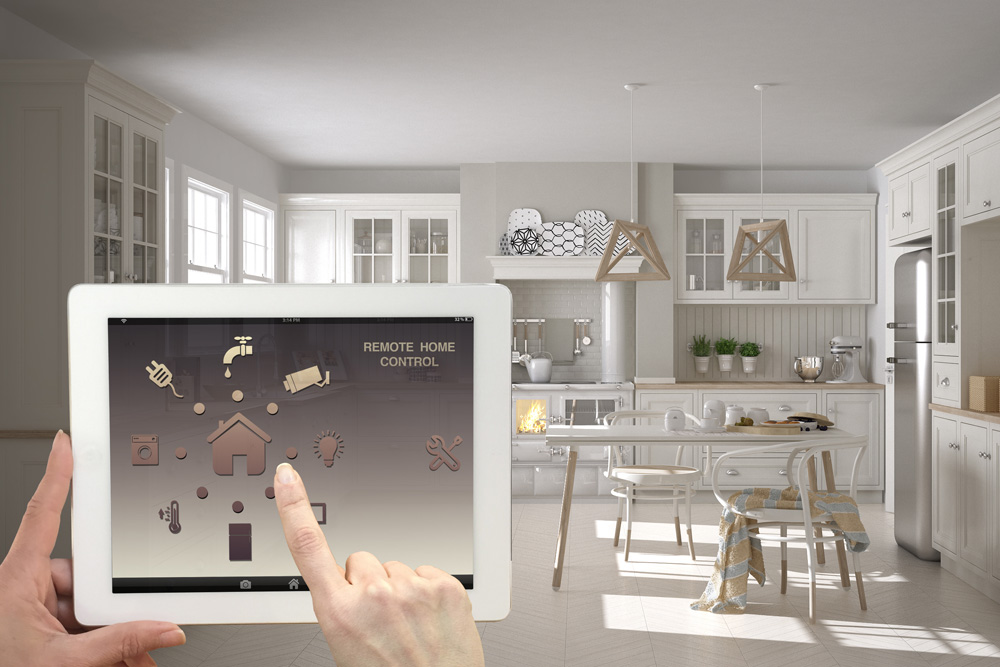
Security Concerns
Consumers International and the Internet Society found that for those people who didn’t want to buy IoT devices, security concerns were at least as big a factor as price.
Related: Kitchen Appliances 101: Where to Splurge and Where to Save

Security Concerns
Even those who did own IoT devices were worried about security: 53% of the people surveyed didn’t trust their connected devices to protect their privacy.
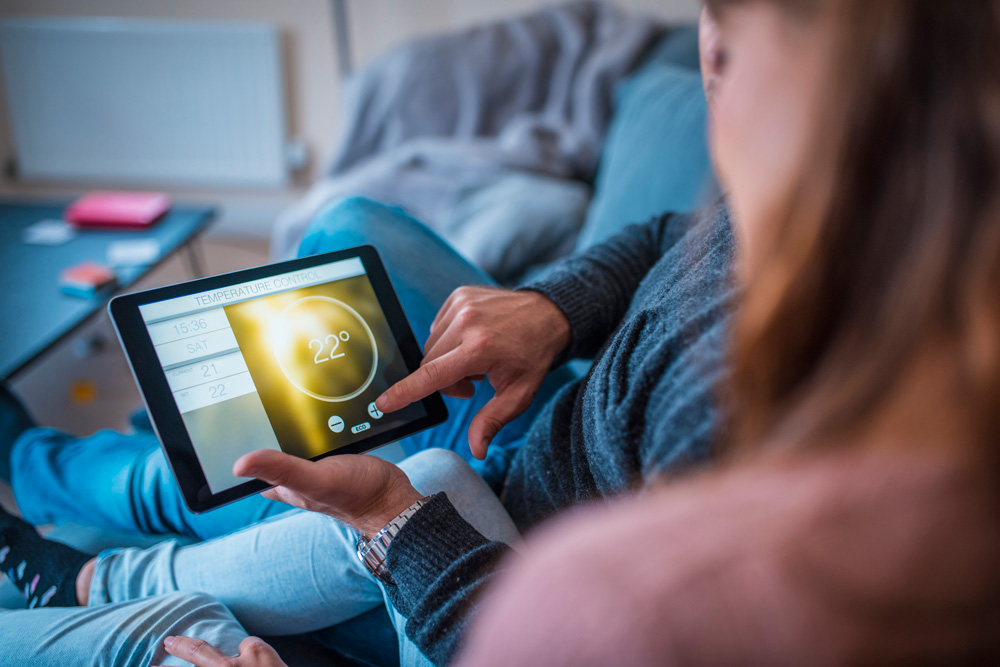
The Way IoT Devices Collect Data
Unplugging from technology is one of the ways to instantly reduce stress at home, so having IoT devices can be counterproductive. In fact, of the people surveyed by Consumers International and the Internet Society, 63% said that the way that IoT devices collected data about them and their behaviours was “creepy,” which won’t do much to keep stress levels low.
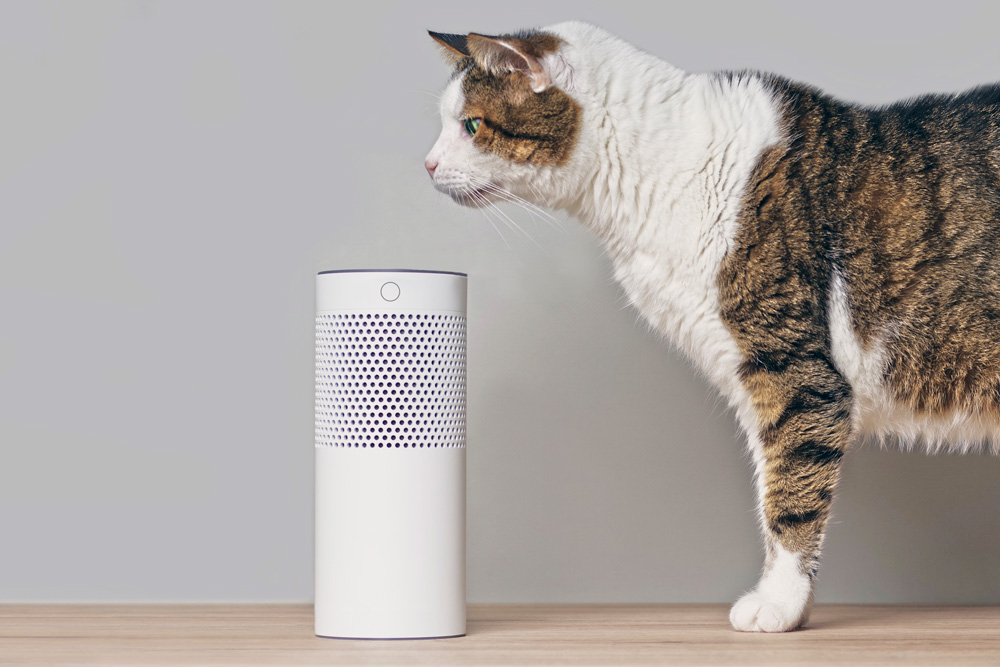
The Way IoT Devices Collect Data
IoT devices use sensors to collect data and while this can be something as innocuous as measuring the temperature in the room, many people don’t feel comfortable with their smart home technology knowing when they’re in a certain part of the house. It’s not only that Big Brother is watching, but that smart speaker is listening too.
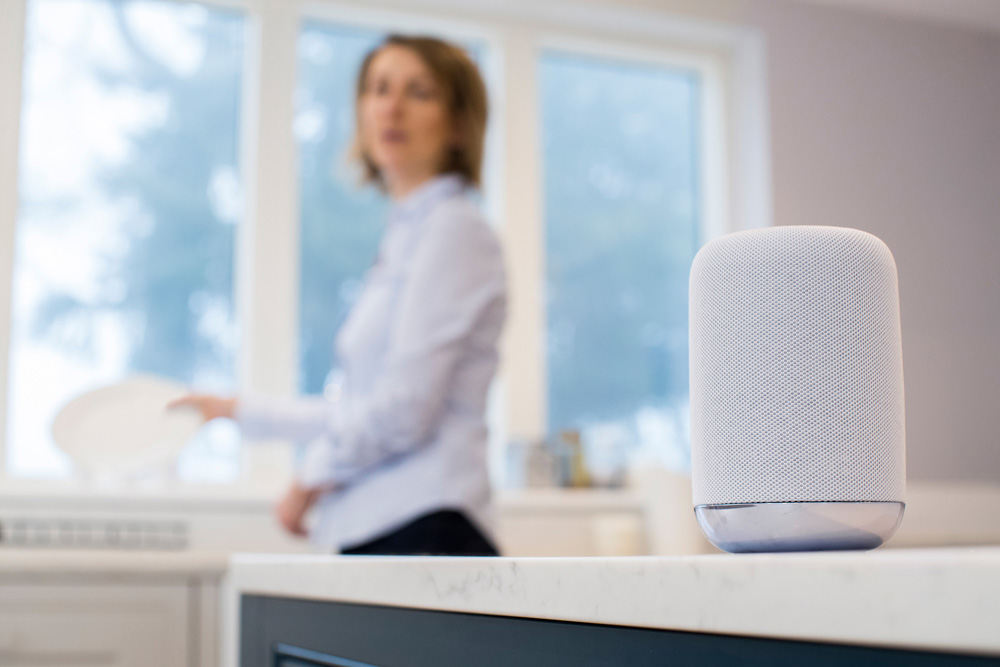
How Companies Use Data
In the Consumers International and Internet Society survey, 75% of those surveyed said that they didn’t trust how other organizations would use their data. After all, there are millions of ways for companies to use data about how much time people spend in different parts of their homes, what they do and how they do it.
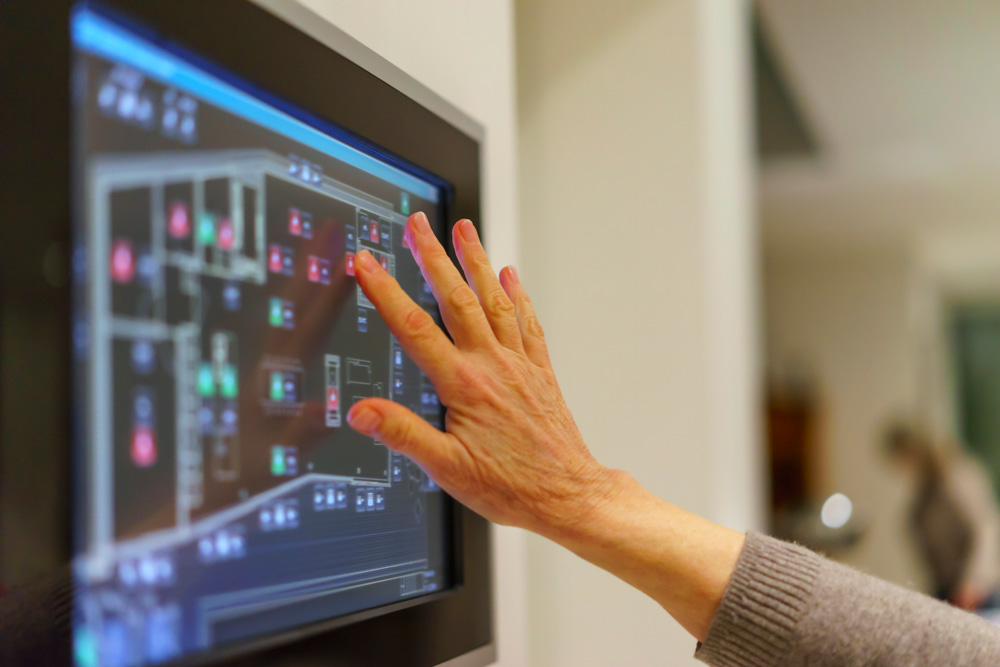
How Companies Use Data
In the wake of, for instance, the Facebook–Cambridge Analytica data scandal, it’s easy to imagine that manufacturers of smart home technology could sell data about your behaviours to other companies without your consent.

Hacking
Because smart devices are connected to the internet, they’re vulnerable to hackers. When hackers manage to get control of your IoT devices, they can switch appliances on and off, for instance. To you it will seem like the appliances are switching on and off on their own, which can be very unsettling.

Hacking
However, a hacker with truly evil intent may go further and cause situations that can be potentially deadly: turning down the temperature to near freezing while you’re sleeping, for example.

Viruses
As several celebrities have learned the hard way, it’s easy for hackers to steal your private photos through the cloud. However, they can also do it through IoT devices by using viruses.
Related: 14 Incredible Celebrity Dining Rooms You’ll Want to Have a Feast In
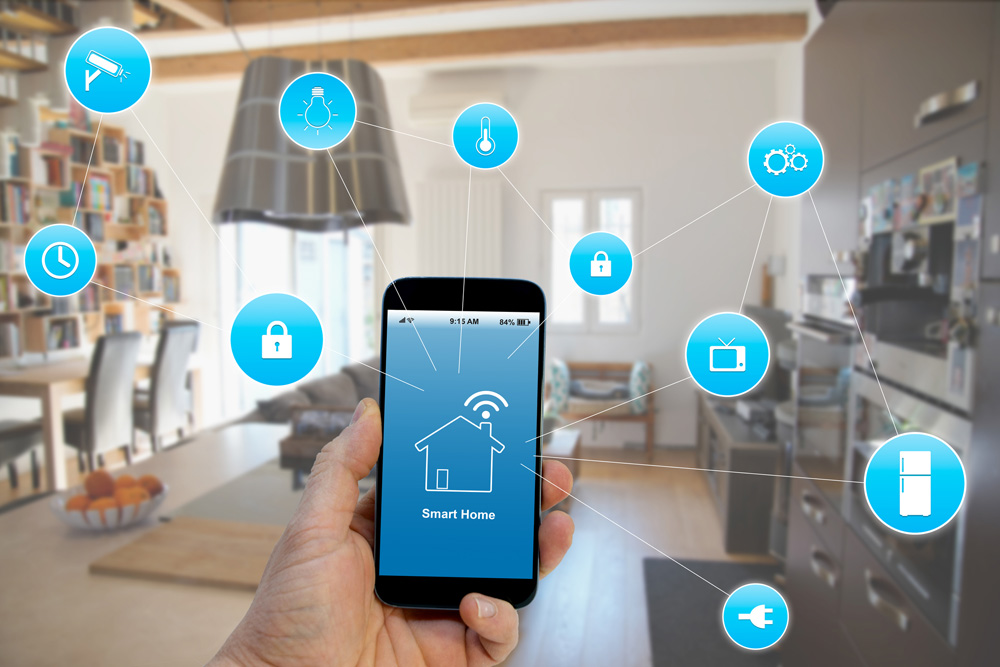
Viruses
Once hackers get access to one of your IoT devices, they can load it with a virus. Because the device is linked to other devices on your home network, this virus may spread to those items too. Before long, the virus can reach your personal computer and the hacker can use it to install ransomware or steal personal data and photographs from your hard drive.

Not Knowing How to Protect Privacy
While many IoT devices are released without having the systems in place to adequately protect customers’ data, you as a consumer are ultimately responsible for protecting your own privacy. Most IoT devices require you to enter a password. However, many people use only a handful of passwords for all their devices and online accounts, making life easier for hackers.

Not Knowing How to Protect Privacy
In addition, in their survey, Consumers International and Internet Society found that only half of the respondents knew how to disable their devices’ ability to collect data.

False Diagnoses
Smart technology is one of the renovation tips that can help seniors stay in their home longer, because the sensors in the smart home devices can pick up problems and alert the right people. However, when the sensors in your smart home devices don’t work like they should or can’t collect all the data they need, they won’t be able to make the correct diagnosis. They may then give you false alarms.

False Diagnoses
For example, a false notification that causes you to rush home to check on the situation can seriously disrupt your work day. Alternatively, the device may not pick up a potential problem and warn you in time.

Difficulty of Cleaning and Maintenance
Many manually operated appliances are surprisingly easy to clean and maintain. In fact, you could probably clean every appliance in your home yourself if they’re the manually operated kind.
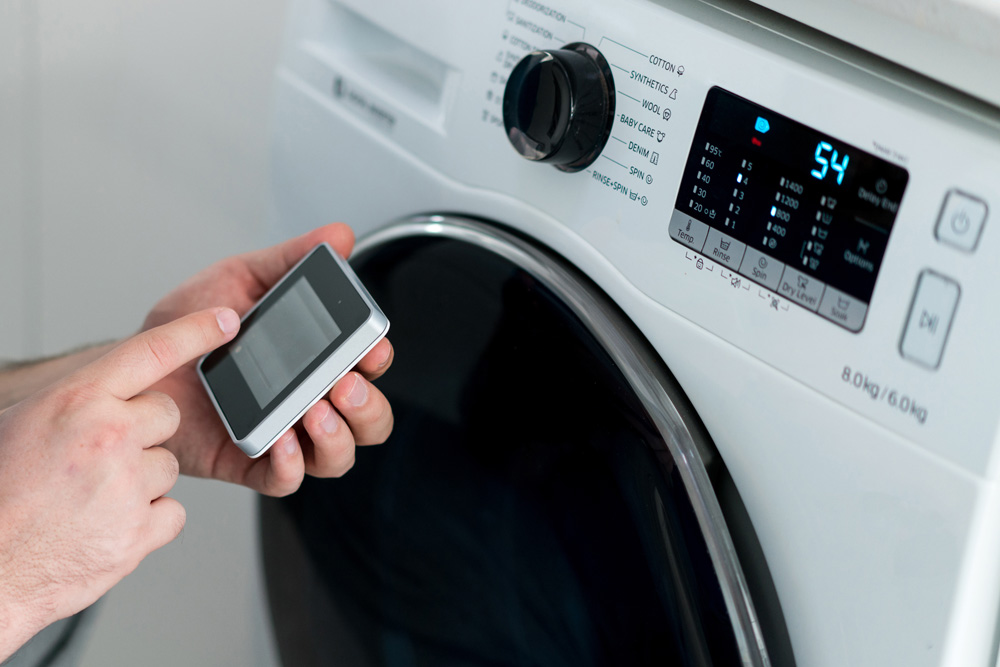
Difficulty of Cleaning and Maintenance
With smart appliances, cleaning and maintenance is best left to the professionals. If you try to do it yourself, you could damage the sensors or other sensitive bits and ruin the appliance.
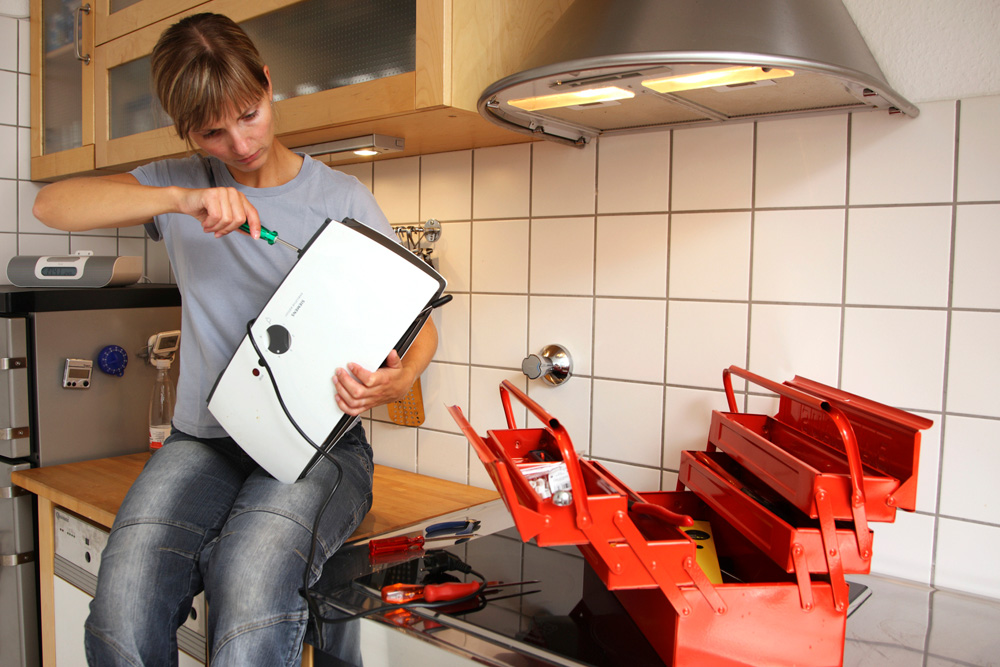
Difficulty of Fixing Glitches
Glitches are a part of life and everyone has had to deal with these in home appliances. In fact, when something goes wrong with a manually controlled appliance, many of us have hacks to overcome the problem or we know someone who can do magic with a screwdriver and a soldering iron.
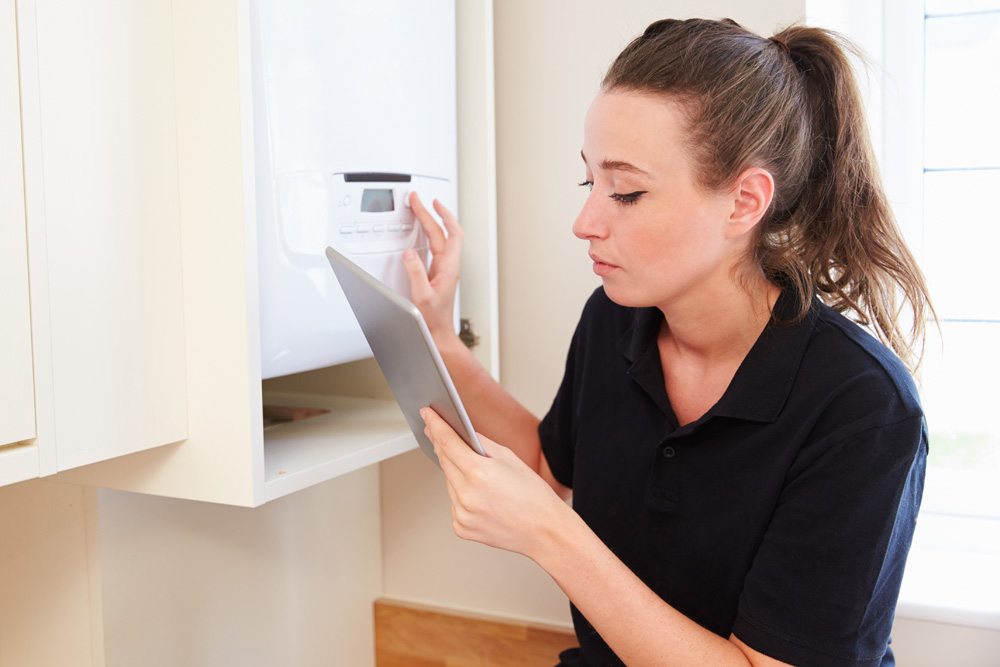
Difficulty of Fixing Glitches
With a smart home appliance however, manual hacks don’t work. It may even be impossible to override the settings. So, to fix the problem you’d have to get the appliance to a professional, most likely a representative of the manufacturer. This means that fixing the device will take longer. Imagine this happening to your smart garage door and not being able to get your car out.

The Human Factor
Smart home technology may be designed to make life easier, but its designers have seldom considered the human factor. People are unpredictable and can do silly things, which may have unintended consequences.
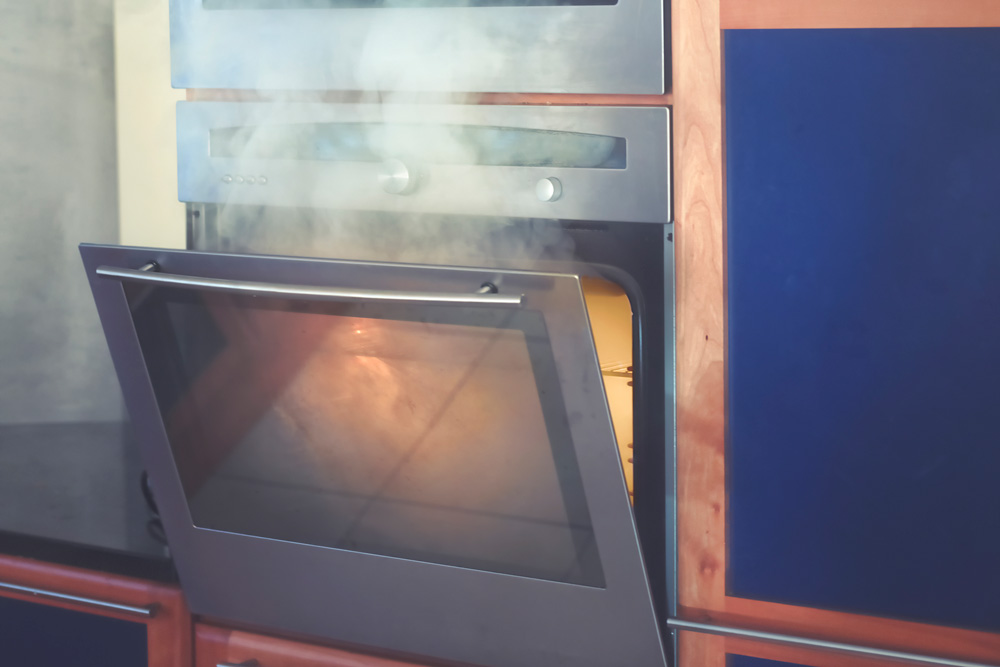
The Human Factor
For example, imagine that you forgot something in the oven. If you had to turn the oven on manually, you would likely see that there’s still something in the oven before you turned it on. If you turned the oven on remotely, however, you wouldn’t know that there was still something inside that could now become a fire risk.
HGTV your inbox.
By clicking "SIGN UP” you agree to receive emails from HGTV and accept Corus' Terms of Use and Corus' Privacy Policy.





